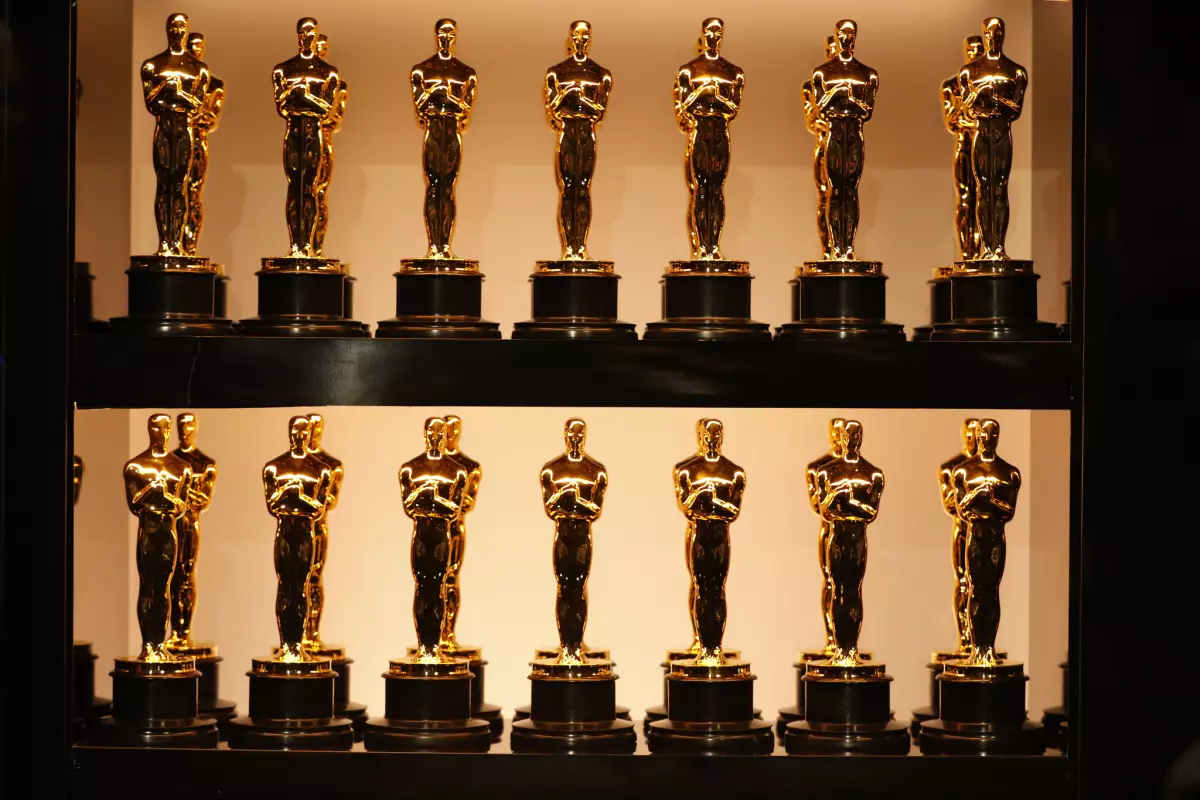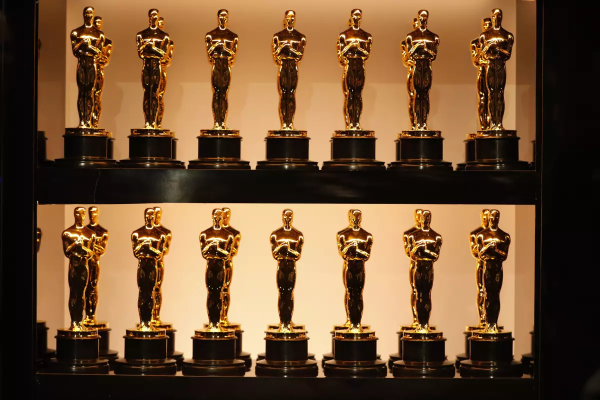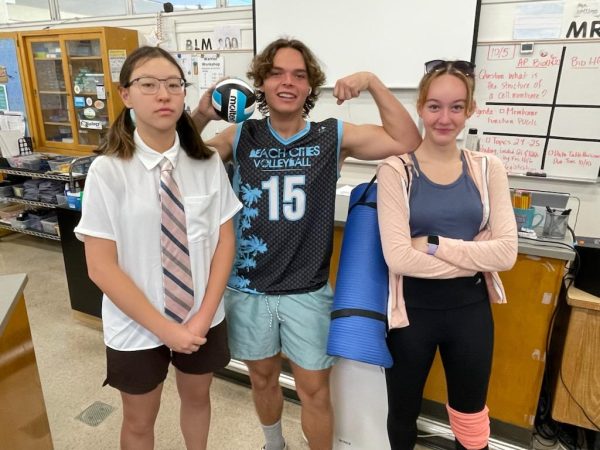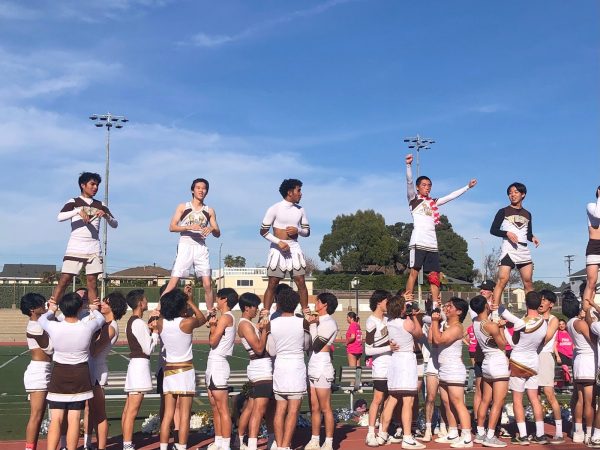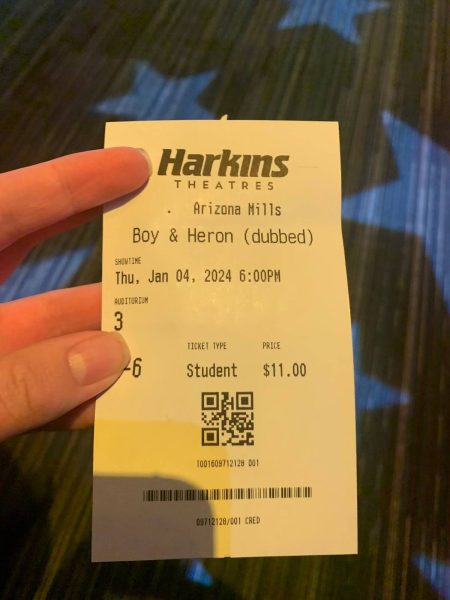From Selma to Montgomery
January 30, 2015
Selma, directed by Ava DuVernay, is a movie primarily focused on the events surrounding the marches in 1965 regarding voting rights for African-Americans, led by members of the Southern Christian Leadership Conference and the Student Nonviolent Coordinating Committee. Marchers include James Bevel, Hosea Williams, Martin Luther King Junior, and John Lewis. It opened in theaters on January 9th, 2015.
The movie opens quietly with a tender conversation between Martin Luther King Jr. and his wife. Bathed in sepia lighting, King (David Oyelowo) and Coretta (Carmen Ejogo) bicker playfully with expressions of tortured adoration, preparing for him to receive the Nobel Prize. The poignant moment is quickly forgotten when, minutes later, four African-American girls chatter innocently about braiding hair. The tranquil mood is brought to a tragic halt when the Birmingham church is bombed.
DuVernay throws together the romance and the tragedy, the calm and dramatic, all to highlight historical events. She portrays both the injustices that African-Americans faced during the 1950’s and 60’s as well as the joyful moments they shared in order to get through the tough times. She portrays all sides of King—the shameful man often too busy to have time for his wife, the honorable man who visits an elderly protester at a hospital, the man with self-doubt who initially walks away from the Civil Rights march, the courageous man who eventually pulls through and leads his marchers all the way to Montgomery. “I had always known that if you’re going to play Dr. King the one thing you couldn’t do is approach him as an icon or a historical figure, but as a human being,” said Oyelowo in an interview with Indiewire.
“I think the power of the movie comes from the portrayal of Dr. King,” said U.S. History teacher Becky Cerda. Because of historical accuracy, Cerda was initially “apprehensive” to see the movie; she heard that the portrayal of Lyndon B. Johnson was inaccurate. But after seeing the movie, she said, “The movie made me question if we are naïve to think that Johnson was totally supportive of the Voting Rights Act.” Nevertheless, Cerda said that complete historical accuracy is not the most important aspect of a historical fiction movie. Selma was as artful in its storytelling as it was historical.
DuVernay tells the story with Toni Morrison-esque plotlines, full of shock and provocative drama. The plotline is rich with emotional peaks and valleys, a sharp contrast that creates a sense of tension. DuVernay is not shy with the use of silence; the marchers walk without a sound towards the Edward Pettus Bridge while police officers sinisterly wind barbed wire around batons, soon followed by an explosion of sound as both sides battle. Two characters sit anxiously in a diner, barely talking—then, racist townspeople, burst through the door and thunder over to assault them. “I like silence,” DuVernay says. “Aesthetically, I feel strangled by the fast cutting and a wall of sound.”
Selma is a unique film, but DuVernay pays tribute to other groundbreaking African-American films. Common is to Selma what Ice Cube was to Boyz in the Hood; Common (Lonnie Lynn) is an American rapper who portrays James Bevel in the movie. The score, and the autumn auburn lighting, are reminiscent of 12 Years a Slave. Also like Boyz and 12 Years, Selma could easily have been a preachy movie about an important topic. Instead, it humanized historical heroes and made the audience think without being didactic.
Nevertheless, Selma does have its political weight. The closing song by John Legend says, “Justice for all just ain’t specific enough…That’s why Rosa sat on the bus / That’s why we walk through Ferguson with our hands up.” Selma ends on an uplifting note, but also serves as a reminder that there is still work to be done in terms of Civil Rights.






